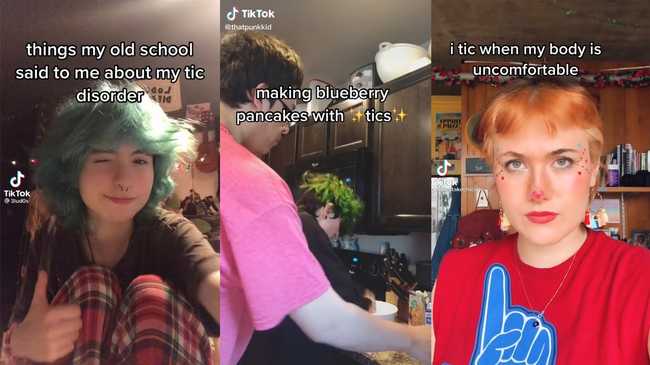New research has uncovered a ‘parallel pandemic’ of unexplained tics in young people, the sudden onset of which is likely to do with their social media use.
It’s no surprise that the pandemic – bringing global devastation, millions of deaths, economic strife, and unprecedented curbs on social interaction – has had a significant impact on people’s mental health.
Of those currently experiencing anxiety and depression related to COVID-19, over half of them are Gen Z, according to a study which found 63% of 18 to 24-year-olds to be suffering as a direct result of the crisis.
This is because young people are especially vulnerable to psychological distress and often have an intense need to socialise during adolescence.
Filling this gap during the last 18 months, TikTok emerged in the earliest days of COVID-19 as Gen Z’s knight in shining armour, ensuring we were more connected than ever before.
However, alongside our newfound pandemic-induced addiction, a troubling trend arose and, no, it doesn’t involve dancing, #fitspo, or the Olympics.
A report, published recently by the International Parkinson and Movement Disorder Society, has uncovered that tic-like behaviours among Gen Z have been on the up since lockdowns began.


Quite drastically in fact, with referrals for these rapid onset conditions rising from 1-5% of total cases pre-COVID-19 to 20-35% of them currently.
Of the 20 patients studied, eight had complex vocalisations consisting of the repetition of random words or phrases, 11 engaged in the repetition of curse words, or obscene, offensive, and derogatory statements, and 14 had complex behaviours such as hitting or banging parts of their bodies, other people, or objects.
Most unpredictably, researchers conducting the study believe an increased exposure to influencers on social media with Tourette’s syndrome is to blame.
‘There have been striking commonalities in the phenomenology of these tic-like behaviours observed across our centres in Canada, the United States, the United Kingdom, Germany, and Australia,’ they explain.
‘In some cases, the patients specifically identified an association between these media exposures and the onset of symptoms. This exposure to tics or tic-like behaviours is a plausible trigger for the behaviours observed in at least some of these patients, based on a disease modelling mechanism.’





















